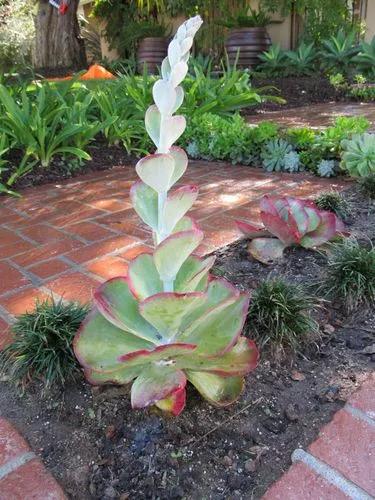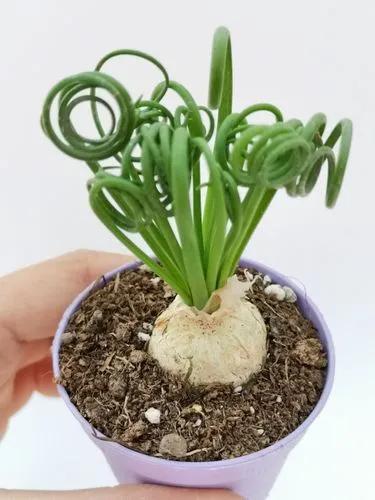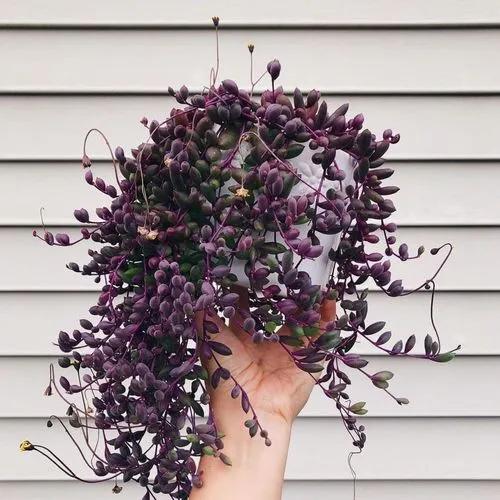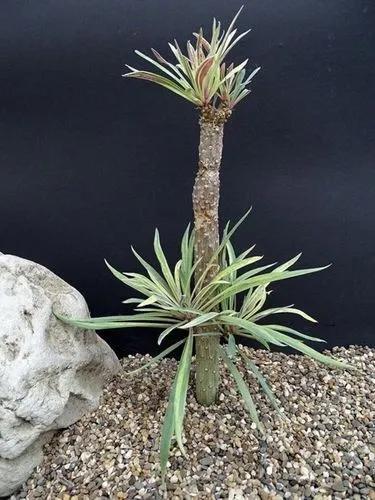Hoya pubera, formerly known as Hoya picta, has gray woolly (tomentose) 3/4"-1" leaves on vining stems. It is great for hanging basket or moss pole.
Hoya picta Care
Hoya picta/ pubira
Other names: Waxplant, Waxvine



Hoya is a genus of 200–300 species of tropical plants in the dogbane family, Apocynaceae. Most are native to several countries of Asia such as China, India, Thailand, Malaysia, Vietnam, Bangladesh, and Indonesia. Common names for this genus are waxplant, waxvine, waxflower or simply hoya. Hoyas are evergreen perennial creepers or vines or rarely, shrubs. They often grow epiphytically on trees; some grow terrestrially, or occasionally in rocky areas. They climb by twining, and with the employment of adventitious roots.
How to Care for the Plant

Water

Hoyas aren’t technically succulents but are succulent-like with those fleshy, waxy leaves. In summer, water every week. In winter, reduce watering to every 2 weeks.

Fertilizer

The plants should be fed regularly with a fertilizer suitable for epiphytic plants. Don`t fertilizer in late fall or winter.

Sunlight

Hoyas need bright, natural light to do their best. East or west exposure will be fine. Just keep it away from hot, sunny windows & direct afternoon sun.

Soil

Bacause it is an epiphyte benefits from being potted up in a very well-draining and porous potting medium that allows some air to get to the roots; typical mixes include, peat, with some fibrous soil and sand along with large-grade drainage material such as perlite, pumice, or ceramic balls. The medium needs to be moisture-retentive.

Temperature

Average room temperatures from 65°F/18.3°C - 75°F/23.8°C will suffice.

Container

This plant can be grown in a container. Choose a pot with enough drainage holes.

Popularity

77 people already have this plant 27 people have added this plant to their wishlists
Discover more plants with the list below
Popular articles






